People in Kyiv adjust to new reality: no transport, no cafes, more anxiety

Latest news for today in Ukraine

It was a warm spring day, March 3, when Olena Prymak, a nurse at a Kyiv cardiology hospital, heard about the first Ukrainian infected with the novel coronavirus, which has already killed more than 18,000 people worldwide.
“I got scared,” Prymak, 38, told the Kyiv Post. “The disease became real.”
Two weeks later, Prymak and millions other Ukrainians have had to change their everyday routine completely, after the government launched a nationwide quarantine.
To halt the spread of the coronavirus in Ukraine, the government has imposed tough restrictions on the public’s social life, shutting down metros in big cities, along with restaurants, cinemas, beauty salons, shopping malls, and entertainment centers across the country.
Kyiv’s busiest streets and liveliest squares have turned quiet and empty, with almost no people around.
The shutdown is supposed to last until April 3, but might be extended.


Such severe measures have affected the everyday lives of millions of Ukrainians, especially those living in Kyiv, where the metro was the only fast way of getting around.
Most had to give up on many regular things: dining out, partying, using public transport. Some people had to find new routes to get to their workplaces, while others are working from home for the first time and struggling to stay indoors all the time.
“Life in Kyiv has stopped for a while,” says Prymak, who also had to rethink her routine to cope with the quarantine regime in Kyiv.
Transportation
On the morning of March 18, Prymak had no idea how she would get to her workplace.
For most Kyiv residents who had to leave their houses despite the quarantine, that morning turned out to be an actual challenge.
After the Kyiv metro shut down late on March 17, the only means of transportation that continued to operate were buses, trolleybuses, taxis and trams — all allowed to carry no more than 10 passengers at a time.
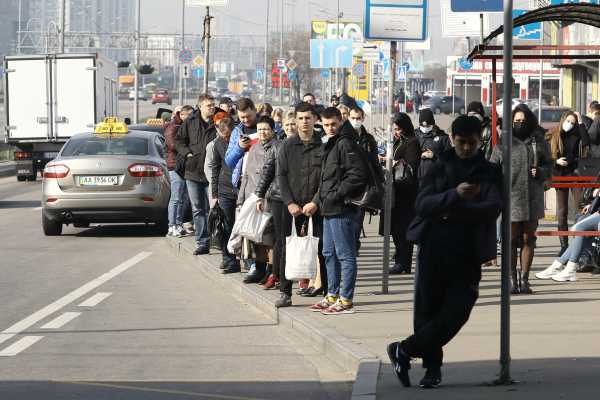



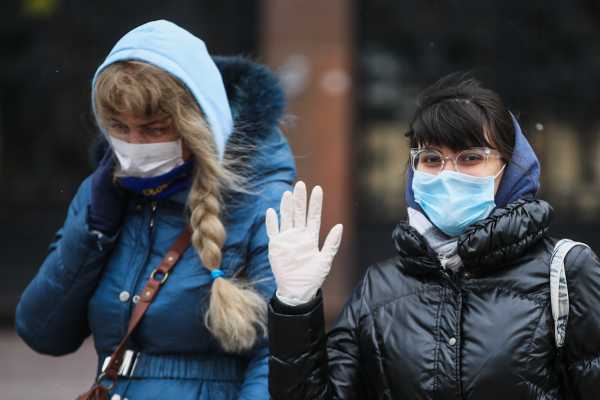

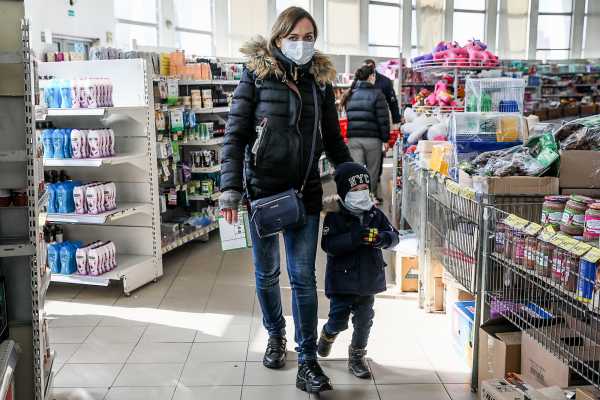

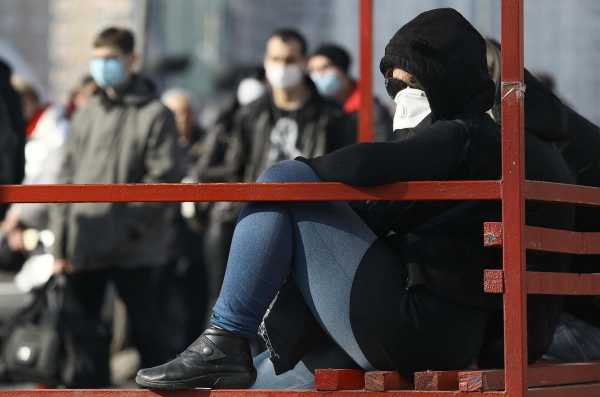

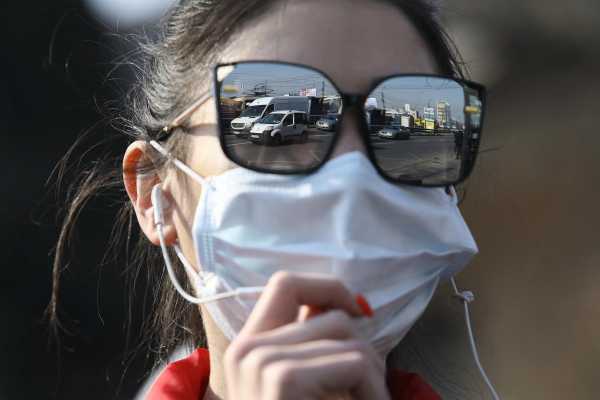

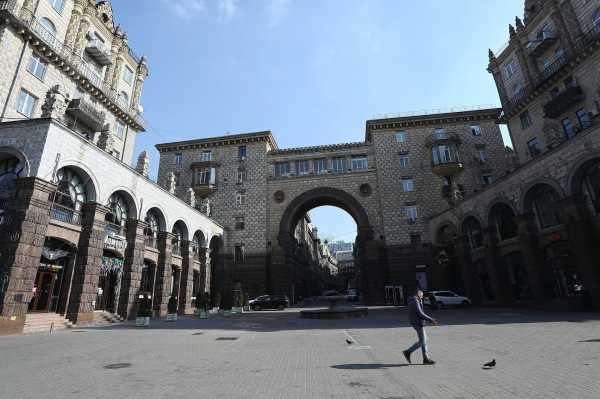



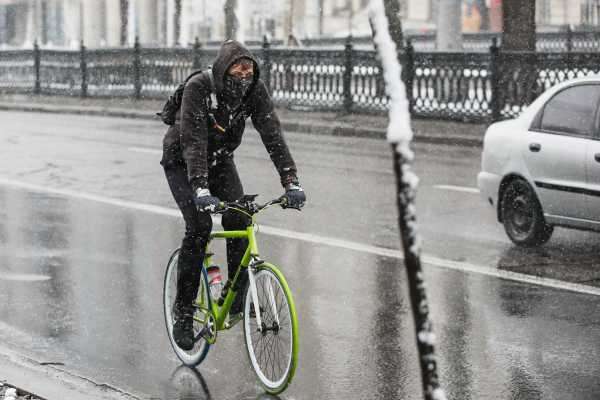









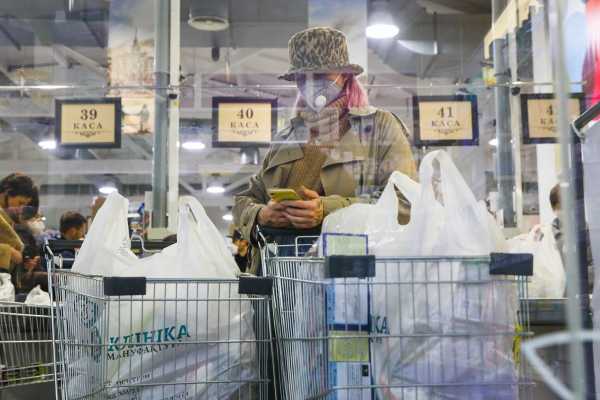

Thousands of people had to stand in giant lines at bus stops to get to their destinations. Prymak was among them.
“People were trying to get to their work any way possible,” she says.
According to Prymak, she had to get up at 5 a.m. to be at her hospital by 9 a.m. Prymak, who lives near the Akademmistechko metro station, had to use multiple marshrutkas — a kind of private bus common in post-Soviet countries — to get to Melnykova Street, where the hospital is located.
“Now my commute takes about two hours each direction,” Prymak says.
Prior to the quarantine, it used to take her less than an hour to get to work.
Prymak says she feels sorry for hospital employees who live outside the city. They are using different means of transport to get to Kyiv, including expensive taxis.
“The medical staff can’t afford taking taxis every day,” Prymak says. “We don’t know how many employees will get there (each day).”
On March 23, however, Kyiv halted access to public transportation for non-critical personnel, making it easier for people working for the emergency services, pharmacies and food stores to get to work.
Some companies, on the other hand, have already launched their own transportation for those employees who can’t work from home.
Kyiv resident Anastasia Lastivka, who works at a local department of Ukraine’s state-run Oschadbank, is one of those whose job requires her to be in the office.
“Quarantine has already affected a few things,” Lastivka says.


Kyiv resident Anastasia Lastivka poses for a photograph at her workplace in Kyiv on March 25, 2020. (Courtesy of Anastasia Lastivka)
Now the bank’s staff work in shifts and Lastivka doesn’t need to come to the office every day. She also doesn’t need to use public transport to get to work.
Her employer has launched special transportation for the bank’s employees — a minibus that gathers staff around the city in the mornings and takes them back after the workday is over.
Lastivka says she still would have preferred the metro. Getting to work, even using special transportation, takes her up to two hours daily.
She gets up an hour earlier than usual and walks for nearly 40 minutes to the bus stop.
“We drive through main highways and bridges where traffic jams do not end even during the quarantine,” Lastivka says.
“It’s really difficult to get around by bus,” she adds.
Tough times
But getting to work during quarantine probably isn’t the biggest problem for service sector workers. With most enterprises closed, many of them have lost their jobs.
Andrii Yehunov, a 31-year-old freelance family photographer, had to cut his only source of income because of the new restrictions. Before the quarantine, Yehunov would normally have from 15 to 20 customers in a month.
Now he has none.
“I have a family, two children, I rent an apartment and I have a loan,” Yehunov says. “And my only source of income is gone.”


Kyiv resident Andrii Yehunov poses for a photograph together with his wife and children in Kyiv on Dec. 15, 2019. (Natalia Kotykova) (Nataliya Kotykova)
Yehunov says he started panicking when all his photoshoots got canceled. Although he doesn’t have a plan yet for weathering the quarantine, he has already started spending less and is constantly looking for opportunities to make money.
“But it’s extremely tough during the crisis. I have no one to provide services to,” Yehunov says.
Yehunov says the stress has already affected his health — he doesn’t sleep enough, as he keeps thinking about how to solve the problem.
Before the quarantine, he cooperated with several event agencies in Kyiv, worked at multiple photo studios and wasn’t home a lot. Now he spends most of his time at home along with his wife and their young children.
According to Yehunov, he felt some slight relief when he heard President Volodymyr Zelensky calling for emergency loans, debt repayment holidays and tax breaks.
“But it doesn’t stop my troubles,” Yehunov says. “They say we should stop working and stay at home. But no one says how to cope with our daily needs.”
His wife’s maternity leave should have ended on March 12, the day when Ukraine closed all educational institutions, including nurseries, schools and universities. Their five-year-old daughter and two-year-old son have been staying at home since then.
Yehunov says, in general, their daily routine has not changed significantly. They still take their kids out for a walk once a day. But now, they rarely greet people on the streets and never shake hands with their acquaintances.
“The kids don’t understand why mom and dad are constantly at home. But we are trying to find a way out,” Yehunov says. “Doing nothing is not an option.”
New habits
Along with the difficulties, each crisis also brings new opportunities. Lastivka is among those Kyivans who are not wasting their spare time during the quarantine. Lastivka says she started exercising more. She didn’t have time for it before.
“I used to come home tired after work,” Lastivka says. “Now, since I work from home more often, I have more time for myself, for sports.”
Another unexpected perk for her has been getting to know other people on the bank’s large team: She meets new people from the bank every time she uses corporate transport to get to work.
Prymak says her lifestyle has also changed. She doesn’t go grocery shopping as often as before the quarantine and refuses to buy something impulsively, like sweets or junk food. While Prymak is at work, her 19-year-old son babysits her younger daughter, who is 11.
Prymak says she wasn’t upset when all her favorite cafes shut down. Instead of going out, she finds extra time for her children.
Even though her family had to cancel the upcoming celebration of her daughter’s 12th birthday, Prymak hopes that they will have a chance to celebrate it soon.
“I hope that we will see all our relatives soon. There will be lots of hugs and kisses and everything will be fine,” Prymak says.
Yehunov, on the other hand, says he would love to use the quarantine to spend more time with his children, teaching them how to ride bicycles or fly a kite. But instead, he has to look for new sources of income to feed his family.
“I’m waiting for the president to address the nation, to say that everything is good, that we have defeated the virus and it’s time to start living again,” Yehunov says.
Ukraine has extended its quarantine measures until April 4.
The measures shuttered most everything but hospitals, supermarkets, pharmacies, banks, gas stations and other critical enterprises.
There have been 117 confirmed cases of COVID-19 in Ukraine. The first case was identified on March 3.
Four people have died from COVID-19 in Ukraine. One person recovered.
Three Ukrainians died from COVID-19 in Italy.
How the Ukrainian government has been responding: TIMELINE
Misinformation on coronavirus is going viral in Ukraine.
Doctor’s advice: How to stay safe.
Foreign Ministry: What you need to know about traveling to and from Ukraine now
Why the Kyiv Post isn’t making its coverage free in the times of COVID-19.
Effects on economy:
Here’s what the virus is doing to Ukraine’s economy.
Ukrainian businesses respond to the crisis.
The virus disrupts the transport sector. Ukrainian airlines canceled some flights to 16 countries due to the novel coronavirus.
The National Bank of Ukraine continued to cut the policy rate while trying to buffer the hryvnia from coronavirus panic.
The former minister of economy says half a million Ukrainians may lose their jobs in the COVID-19 crisis.